SUMMARY
This is AI generated summarization, which may have errors. For context, always refer to the full article.
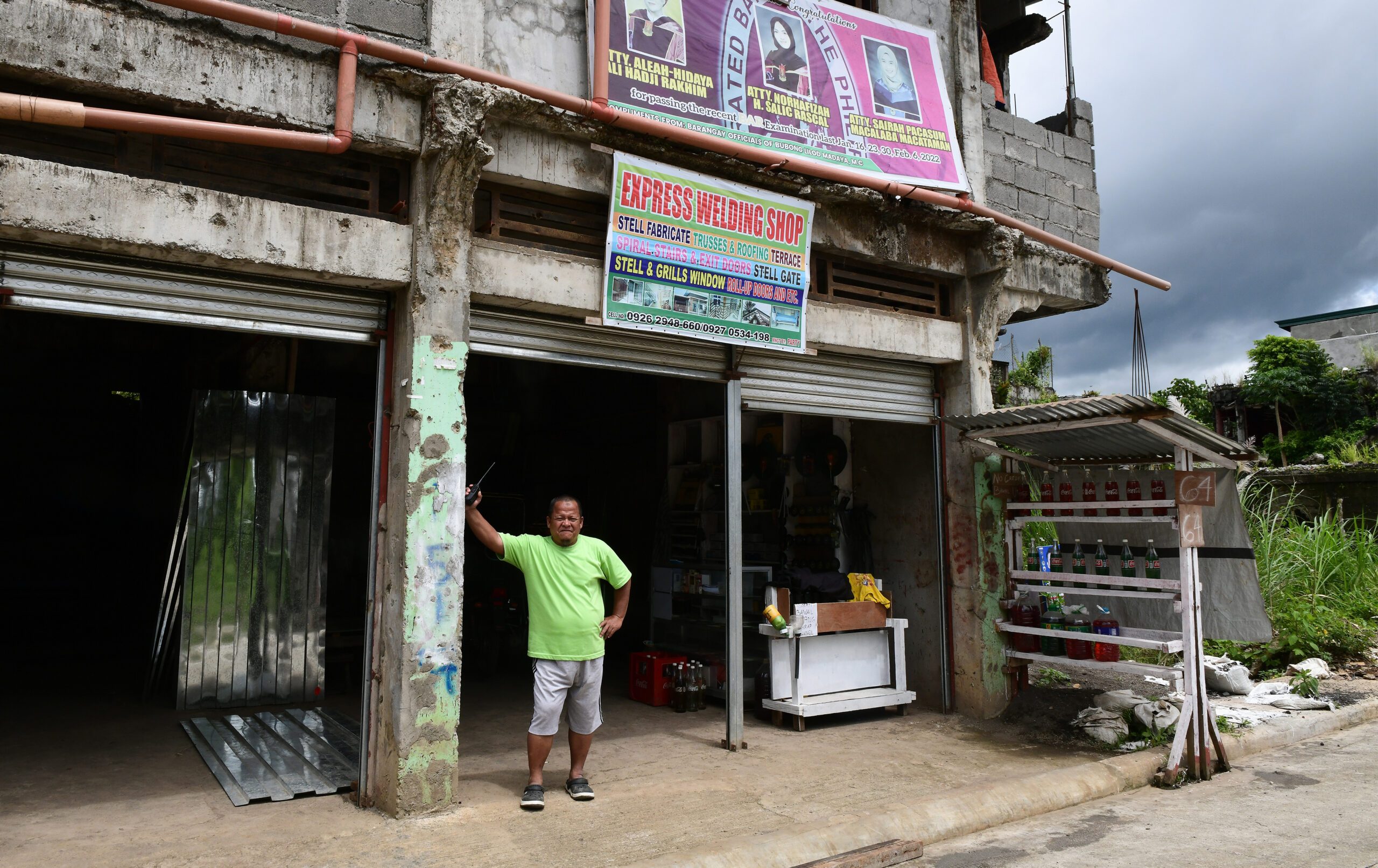
MARAWI, Philippines — Five years after then-president Rodrigo Duterte declared this city liberated from Islamic State-linked militants, residents are restoring normalcy in areas where they have been allowed to return. But thousands of folk still live in limbo at temporary shelter sites on the outskirts of the country’s devastated Islamic City.
A P75,000 grant from the Department of Social Welfare and Development allowed 58-year-old Mamarinta Radia, a welder and father of four children, to rebuild his hardware store in Barangay Bubong Madaya Lilod.
“I was able to parlay that money and open the store,” Radia said outside his two-story building that suffered only minor damage in five months of fighting.
He sells small items like saws and bottles of fuel in one of the few communities opened for resettlement within the city’s Main Affected Area (MAA).
Near Radia’s store, a neighbor hauled sand and gravel to his house.
“Dom,” a 50-year old public school teacher who asked not to be identified, complained about stumbling blocks to rehabilitation.
His efforts to rebuild the family’s ancestral house have run aground due to numerous requirements for a building permit from the Marawi City government.
“If they want to really help us, they should do away with these requirements. They should do away with the exorbitant fees,” Dom said.
Most of Marawi’s MAA remains off-limits to residents although the government has constructed new mosques, buildings, and a sprawling sports stadium.
Outside the MAA, displaced families are also slowly rebuilding their lives.
“My life has improved since we ran away from the war,” said Beverly Modasir, a vendor of fried bananas near the Amai Pakpak General.
Madasir gave birth to her daughter in 2017 at the temporary evacuation center in Lanao del Sur.
“I named her Mar-mar for Marawi-Martial Law. It’s a remembrance of the days of how we survived as evacuees,” Madasir said of her now five-year-old child.
In the new road in front of the temporary shelters in Barangay Sagonsongan, businessman Alex Tomawis supervised workers putting finishing touches to his newly opened store.
A client has just walked out after buying a bronze food tray worth P4,000.
The store, Tomawis said, is enjoying brisk sales on house decors and sofas to residents decorating the new houses they have constructed at the city outskirts.
But like many Marawi folk, Tomawis chafes that the center of the once-bustling commercial district remains off-limits.
“Maranaos are traders. Pabayaan lang sana ng gobyerno na bumalik sa loob ng MAA, kami na ang bahala. Makabangon kami,” Tomawis said. (Maranaos are traders. Government should just allow us to go back inside the MAA and we do the rest. We can rise up again.)

Around 5,000 families still live in temporary shelters five years after the Marawi siege, struggling with access to power and water.
Moro Consensus Group chairman Drieza Lininding said there were some families who relocated elsewhere.
“They want to return but the government won’t allow them yet,” he said.
The lack of water remains the top barrier to residents’s return to the MAA, Mayor Majul Gandamra said.
The Local Water Utilities Administration (LWUA) has yet to start the construction of the city’s P225-million bulk water system, the mayor said.
LWUA has not laid a single water pipe in the MAA nor has it drilled a water pumping station in Barangay Caloocan, he added.
“Sometimes gusto ko sana sumigaw (I want to should) out of exasperation. Why are they taking it too long?” Gandamra said.
But even limbo pales in the face of a new challenge to the still dispossessed.
Gandamra said inhabitants of temporary shelters are in danger of eviction because lease agreements between the government and landowners will expire starting in November.
-Rappler.com
Add a comment
How does this make you feel?
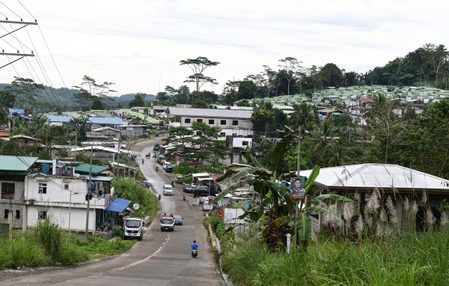

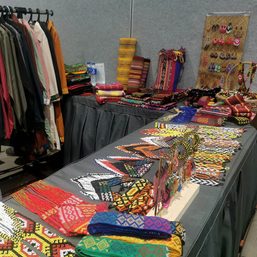
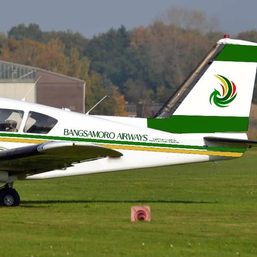
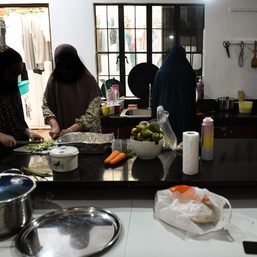
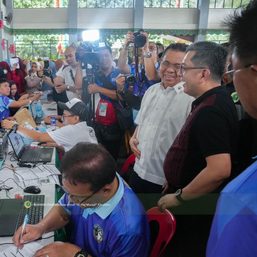
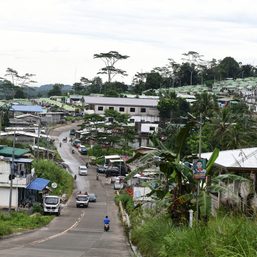
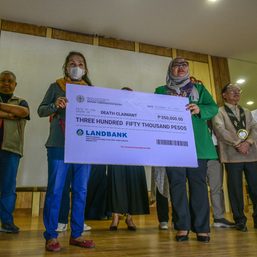
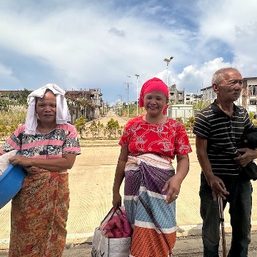
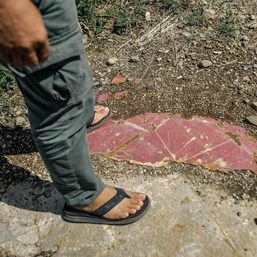
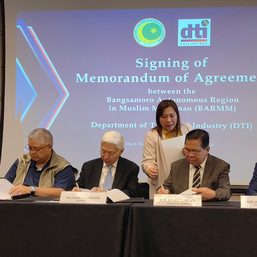
There are no comments yet. Add your comment to start the conversation.